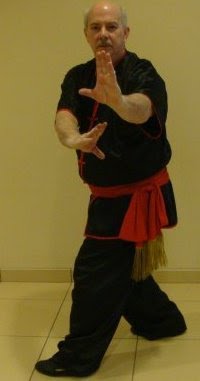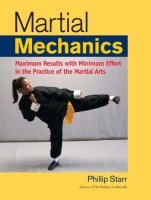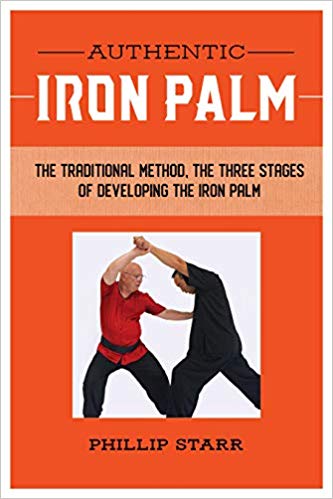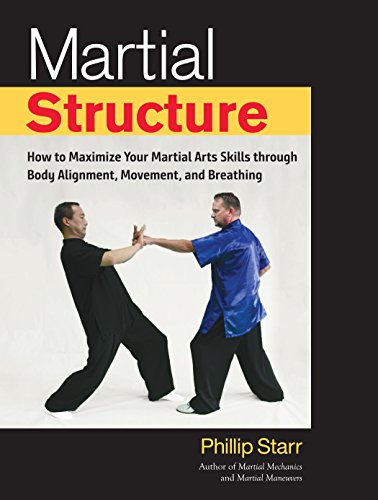by Phillip
Starr
I would
hope that the majority of my readers would be more than a little
familiar with the basic forms of etiquette that are typically
practiced within the training hall. Students line up prior to the
start of class, bow to the instructor, and then begin the training
session. The same thing is done at the conclusion of the training
period. Most of the participants don't give it much of a second
thought. It's simply a way of “showing respect” to the teacher;
an “Eastern oddity” that is practiced more as a form of tradition
and simple courtesy than anything else. It requires no more than a
few seconds, anyway. No big deal. Or...is it?
To the
average person, such quaint customs are nothing more than polite
gestures that they are expected to learn and then regurgitate at the
appropriate time. Usually, they are devoid of any real substance;
they are regarded as old-fashioned, cultural oddities that were
developed and practiced by our ancestors. However, to the bugeisha
(a person who practices the traditional martial ways of the East),
they are much more than that. Much. More.
For
instance, let's take the beginning of class. Students are ordered to
line up. Their lines should be straight and students adopt the
position of “readiness.” In some schools, the most senior
student (who may assist the instructor) stands off to one side at a
right angle to the students and the instructor. Your stance should
never look limp or sloppy. Your uniform should be neat and clean.
Your body, mind, and spirit are held in a state of readiness. It is
a preparation for learning, a preparation to face yourself. Your
eyes should be directed straight ahead but peripheral vision must be
maintained. You should not shift their eyes from side to side or
turn your head. You remain focused on your instructor.
At this
point, some schools have the students and the instructor perform a
standing bow. Others, particularly Japanese disciplines, order
students to kneel down (and yes, there is a special way of doing
this) in the position of seiza
with the feet tucked under the buttocks. Beginners will find this
position more than a little uncomfortable but they must avoid any
display of discomfort. To do so is to show that one's spirit is weak
and in a martial arts school this is entirely unacceptable.
In
Japanese schools the command of “mokuso!” is uttered by the
instructor. Students sit quietly with their backs straight and their
eyes almost shut. Many people refer to this as a period of
meditation prior to the beginning of class but this is incorrect.
Rather, it is a period of quiet introspection. It is way of leaving
your mental and emotional “baggage” at the door so that it will
not interfere with training and your ability to learn. It is a time
for focusing on what you want to achieve during this particular
class. You “clean” yourself and prepare to receive instruction.
After
a short time, the teacher may turn to the front of the school (with
his back to the students) and they all perform a formal kneeling bow
to the front of school. He then turns to face the students again and
they exchange bows to show respect for each other.
As
with everything else in the training hall, there is a proper way to
execute the standing and kneeling bows. For instance, I remember
when I first received instruction in this ancient tradition. We were
told that even when bowing, one must not take one's eyes off the
opponent (or whomever one is bowing to). Thus, we craned our necks
and rolled our eyes upwards when we bowed so as to keep our partners
in view. As you might expect, my instruction came from a Westerner
who didn't clearly understand how the proper bow is to be done. The
first time I did this in front of a Japanese instructor, I was
quickly corrected. To crane one's neck and raise the eyes as I was
doing is considered very rude because it demonstrates an obvious
mistrust of the person(s) to whom one is bowing. Rather, the neck is
kept aligned with the back and the eyes are are allowed to drift
slightly upwards (without raising the eyebrows) so as to allow a
reasonably full view of the other person.
And
of course, all movements must be performed from the tanden
(in Chinese, dantien)
so as to permit complete control over one's body at all times.
Moving from this area, which is located about three finger-widths
below the navel, not only grants full control over one's physical
movements but it also affects one's mental and spiritual stability as
well.
Regardless
of procedure or the culture from which a given martial form
originated, this act of exchanging bows is extremely important. In
my opinion, it is vital to maintaining the spirit of the class
because it sets the “tone” of the class and reminds us that we
are about to engage in the practice of a special Eastern custom
whose roots reach back to antiquity. Although not a drop of Eastern
blood may course through our veins, we are links in a chain of a very
special tradition and it is crucial that we keep that tradition
intact so that it can be bequeathed to the next generation in its
entirety.
I
live in China which, contrary to what many Westerners believe, is not
“the land of bowing.” Japanese culture emphasizes bowing as a
form of courtesy; Chinese culture does not. Thus, Chinese martial
arts instruction generally does not begin with any kind of formal
bowing. The lack of such “old-fashioned formalities” is readily
apparent and it is my opinion that it has a negative impact on their
training.
A
formal training period concludes in much the same manner. Students
line up and, in the case of most Japanese martial traditions, kneel
down and the command of “mokuso!” is repeated. Students will
take a few seconds to consider what they have learned and prepare
themselves to re-enter their daily lives. The teacher and students
then exchange bows. Students then rise and again adopt the position
of “readiness” before being dismissed.
“Alright”,
you say. “So, this is part and parcel of a martial arts class.
It's a cute ritual but what has it got to do with living in the
modern world? And the answer is, “More than you suspect.”
Discipline and control are two of the key elements.
In
this regard, discipline has to do with proper conduct and perhaps
more importantly, self-control. The two go hand in hand and they are
very important ingredients if you expect to enjoy a successful,
satisfying life. These virtues are easy enough to nurture when
you're healthy and in good spirits but the real test lies in your
ability to cultivate them when you're not feeling well. After all,
anyone can maintain a fair level of self-control when they're feeling
“up” but it's another story when they're angry, frightened,
frustrated, discouraged, depressed, or in pain. Learning to preserve
your composure under such adverse conditions requires a fair measure
of discipline and is one of the objectives of your training.
The
discipline and control that are developed in the training hall should
be carried over into your daily life where it will affect everything
that you do, from how you stand up and sit down to how you drink your
morning coffee, cook up some pasta, and even how you brush your hair.
Of course, it also impacts the larger, more dynamic elements of your
life such as how your perform your job and the relationship you have
with everyone who walks into your world; your co-workers, your boss,
your spouse, your friends, family, and ultimately...yourself.
And
it all started with what seemed to be a simple bow.














